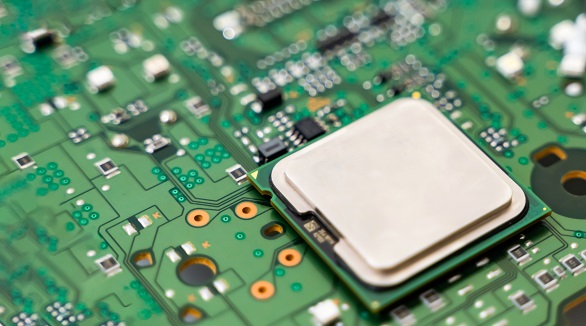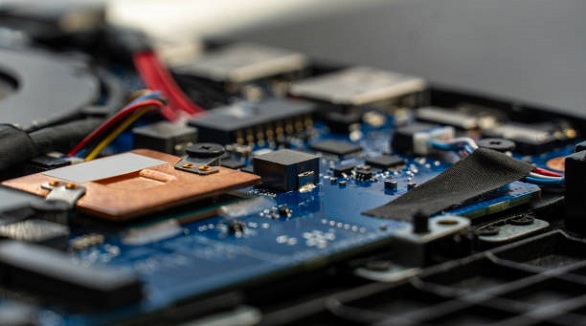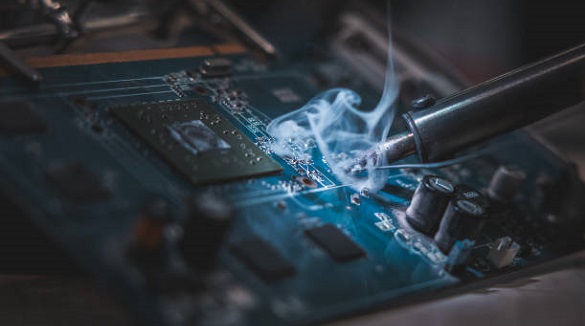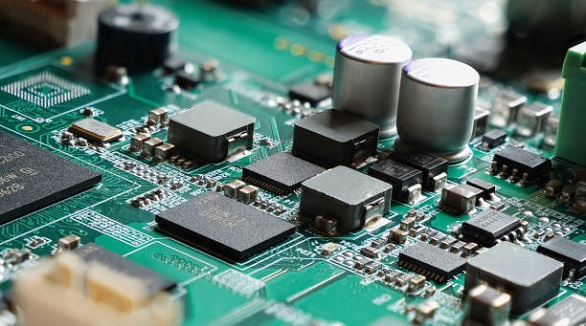PCBX.com Resources
Your source for industry knowledge, news, and expert insights

Latest Posts
Article

EMI protection in PCB manufacturing ensures device reliability and compliance by using shielding, design optimization, and filtering to mitigate electromagnetic interference.

Cable assemblies are essential components that ensure reliable power and data transmission across diverse industries by integrating multiple cables into custom-engineered solutions.

PCB hot plates ensure precision in soldering for reliable electronic components, crucial for modern devices, enhancing efficiency through controlled heating.

Automated PCB manufacturing enhances precision, reduces costs, and accelerates production, enabling efficient, high-quality mass production and customization, vital for industry advancement.

PCB edge plating enhances connectivity, mechanical strength, EMC, and thermal management, crucial for diverse sectors, with trends toward higher density and durability.

PCB panelization improves productivity, reduces costs, and facilitates automation by assembling several smaller PCBs into one large panel, ensuring uniformity.

Wave soldering, crucial for assembling PCBs with through-hole components, remains vital for producing strong joints efficiently, despite SMT advances, by optimizing key parameters.

Current limit control circuits protect devices from overcurrent, enhance reliability, and ensure safety by using methods like sensing and adjustable regulation.